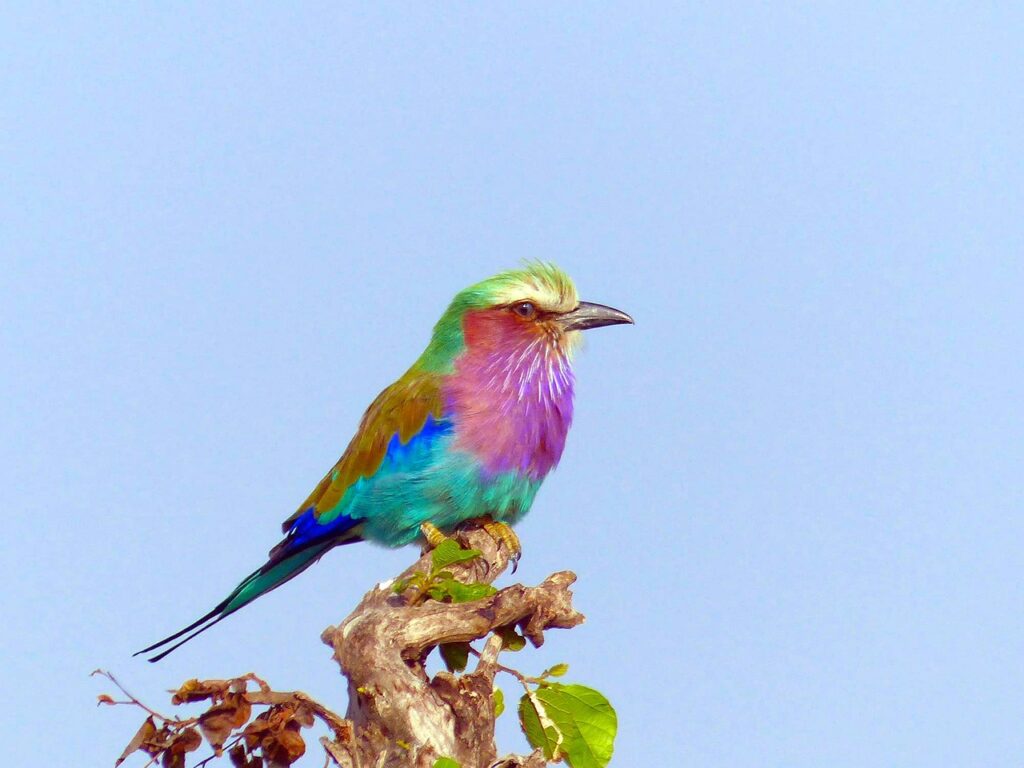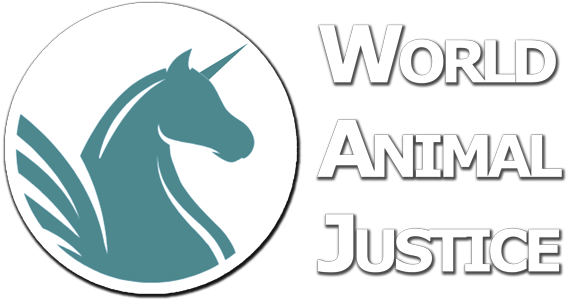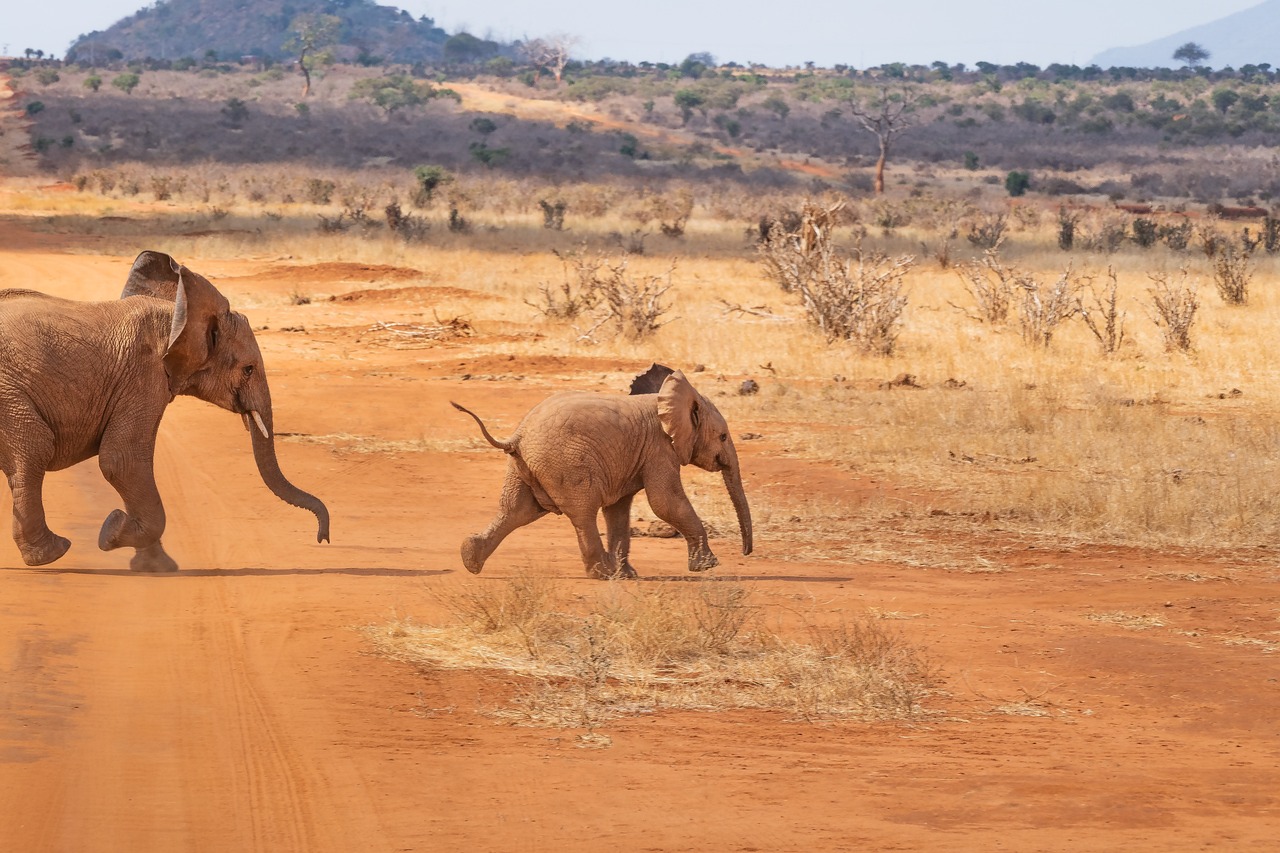Animal Welfare and Protection Laws in Kenya
By Brenda Karimi
Animal Lawyer in Kenya, Founder of The Animal Ally
Kenya is famous for its rich wildlife and large farming communities, making animal welfare a key concern. The 2010 Constitution requires the state to protect both domestic and wild animals reflecting their importance for tourism, livelihoods, and culture. In practice, however, protection is uneven: wildlife often receives stronger safeguards and penalties than farm or companion animals.
Overview of Animal Laws in Kenya
Kenya is famous for its rich wildlife and large farming communities, making animal welfare a key concern. The 2010 Constitution requires the state to protect both domestic and wild animals reflecting their importance for tourism, livelihoods, and culture. In practice, however, protection is uneven: wildlife often receives stronger safeguards and penalties than farm or companion animals.
Kenya’s animal laws are scattered across several statutes. The main one is the Prevention of Cruelty to Animals Act (Cap. 360) (1962), which makes it illegal to beat, torture, overload, or neglect animals. Penalties under this Act are quite low: offenders face up to KSh 3,000 ($25) or six months in jail which many say is inadequate.
Other laws include:
- Wildlife Conservation and Management Act (2013) – Covers wildlife on public and private land. It bans trophy hunting and imposes stiff penalties (e.g. fines ≥KSh2 million and 5+ years in jail) for crimes like habitat pollution.
- Animal Diseases Act (Cap. 364) – Provides disease control measures for domestic, wild, and captive animals. The Animal Diseases Rules, 1968 regulate animal movement, import/export, and disease outbreak responses.
- Fisheries Management and Development Act No. 35 of 2016 – Protects marine and fish species, particularly from illegal, unreported, and unregulated (IUU) fishing. It extends welfare considerations to aquatic animals, including marine mammals.
- Penal Code (Cap. 63) – Though primarily a criminal law statute, it includes several provisions relating to animals:
- Section 162: Prohibits carnal knowledge of an animal, classifying it as an “unnatural offence.”
- Section 289: Criminalizes the killing of an animal with intent to steal the carcass or skin. This offence carries the same punishment as theft.
- Section 338: Makes it an offence to willfully kill, maim, or wound any animal.
- Section 341: Criminalizes the willful infection of animals with any contagious or infectious disease, including reckless transmission.
- Meat Control Act (Cap. 356) – Regulates slaughterhouses. The Court quashed Legal Notice 63/2020 and officially allowed donkey and horse meat to be sold as food.
Recent Cases
- Queen ant smuggling (Nairobi, 2025): In April 2025 authorities arrested two Belgian teens, a Vietnamese national and a Kenyan for attempting to smuggle about 5,440 live Messor cephalotes (giant African harvester) queen ants out of Kenya. The defendants pleaded guilty to “illegal possession and trafficking of live wildlife species” under the Wildlife Conservation and Management Act (2013), which protects all native fauna including insects. Nairobi Magistrate Njeri Thuku fined each of them US $7,700 (≈KSh 1 million) or one year’s jail, noting “no species is too small to protect.” This was the first major conviction for live insect trafficking in Kenya.
- Rhino horn smuggling (Moyale, 2025): Mohamed Salah Mustafa was arrested in Moyale with 2.6 kg of black rhino horn concealed in a bag. In April 2025, JKIA Law Courts refused him bail, citing flight risk. Forensics confirmed the horn came from a critically endangered Kenyan black rhino, with fewer than 1,000 individuals left in Kenya. The case remains under investigation and is being handled as a serious wildlife trafficking offence under WCMA 2013 and international CITES obligations.
- Donkey abuse conviction (Mwea, 2024): The Kenya Society for Protection & Care of Animals (KSPCA) reports that in early 2024 they rescued over 500 donkeys from illegal bush slaughter and serious abuse. They managed to secure a criminal conviction in Mwea of men who brutally beat and mistreated donkeys. This was reportedly the first-ever donkey cruelty prosecution in Kenya. The offenders were charged under the Prevention of Cruelty to Animals Act (Cap. 360).
- Dog slaughter for meat (Narok, 2024): In November 2024 Narok police arrested two men caught slaughtering a dog in a backyard, allegedly to sell its meat as “mutura” (sausage) to unsuspecting consumers. A mob had beaten them before police intervened. Officers seized a dog carcass, knives and packaging materials. The suspects were charged with “slaughtering an undeclared animal,” selling its meat, and cruelty to animals (violations of public health and the Prevention of Cruelty to Animals Act, Cap. 360). The incident underscores Kenya’s stricter enforcement against the illicit dog-meat trade and animal welfare crimes.
- Donkey trade policy: Kenya’s government banned commercial donkey slaughter in 2020 to protect the declining donkey population. A licensed abattoir (Star Brilliant) challenged that ban. In 2021 the High Court quashed the ban (Legal Notice No. 63 of 2020) for procedural reasons. More recently, in 2024–25 Kenya joined an AU 15-year ban on donkey skin trade. This decision, ratified during the 37th Ordinary Session of the AU Assembly aims to address the decline in Africa’s donkey population due to the high demand for ejiao, a traditional Chinese medicine ingredient derived from donkey hides.
Gaps and Challenges
Kenya has dozens of animal laws, yet most date back decades. One review of the national strategy notes that they are “old, outdated, fragmented and difficult to implement and enforce.” Even landmark statutes like the Prevention of Cruelty to Animals Act (amended 2012) fall short of the OIE animal welfare standards. Analysts point out that these ageing laws still contain legal loopholes that limit real protection for animals.
Even where laws exist on paper, enforcement can be weak. Limited budgets, staff and training often leave violations unpunished. In fact, wildlife experts report that many poaching or cruelty cases simply “slip through the cracks” when officers lack the evidence or resources to act.
Without serious follow-through, animals see little justice: as one advocate notes, weak enforcement means new policies are too easily “severely compromised”. The result is a lot of well-meaning laws that do not translate into change on the ground.
Awareness gaps make matters worse. A 2017 review found no evidence that animal welfare education and training is regularly offered to key stakeholders. In other words, most farmers, transporters, police officers or even judges receive no animal protection training.
Surveys across Africa confirm this disconnect: animal welfare is still not widely understood, and many people think of it only in terms of pets or majestic wildlife, not the everyday livestock or working animals around them. Until police, teachers and the public are taught to recognise and value animal suffering, cruelty laws will remain abstract rules rather than shared values.
Legal loopholes and gaps are a familiar problem. Offenders often exploit every opening in the rules. IFAW reports bluntly observe that poachers know how to exploit legal and regulatory framework loopholes. This means some harmful acts fall outside any clear ban. For example, broad exemptions in health or anti-cruelty laws can let unethical but technically legal practices continue. Until Kenya’s statutes are updated to cover all common forms of cruelty, offenders will keep finding ways around them.
What makes it worse is when corruption enters the picture. Illegal wildlife networks have long worked “hand in glove” with bribery and graft in East Africa, and even UN experts warn that corruption “casts a looming shadow” over Kenyan conservation efforts. The same can happen with domestic animals: without transparent oversight, laws are only as strong as the weakest link in enforcement.
At the same time, policymakers have often overlooked key stakeholders. Veterinarians, herders, small farmers and rescue groups are frequently left out of the conversation when new rules are drafted. When those on the front lines of animal care aren’t consulted, the resulting laws risk missing real problems and practical solutions. In sum, graft and a top-down process create gaps that let animal suffering persist despite the best intentions of the law.
Conclusion
Filling these gaps will take persistence and political will. There is still a lot of work to be done on animal welfare.
Practically, that means following through on new bills and promises: budgeting the Veterinary Services properly, training officers and judges, and making animal care a routine part of education. It’s time to strengthen laws and the institutions meant to uphold them. Only by doing so can the distance between Kenya’s legal commitments and animals’ reality begin to shrink. It will take a steady effort to make cruelty unacceptable and care for animals customary.
With commitment, Kenya can ensure that its principles of justice extend to every creature under its watch.

Lilac Breasted Roller — considered the national bird of Kenya: Image by Tony Coxon
Elephant photo on the cover: Image by Kirsi Kataniemi
-> See A Review of Kenyan Animal Cruelty/ Welfare Legislations By Judy Wangari Muriithi on Academia (2019)-Link below


